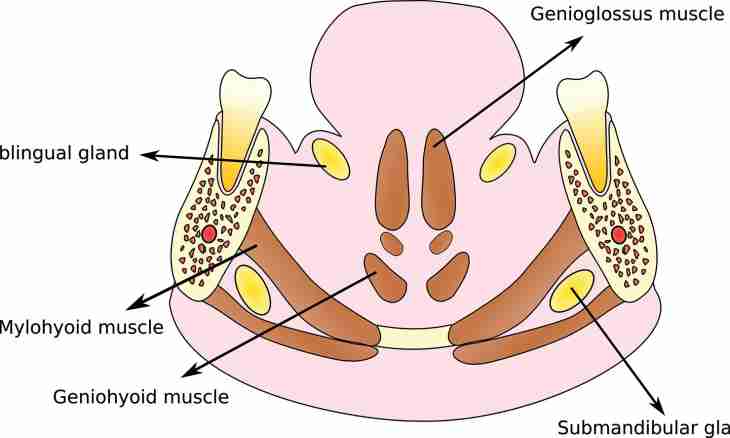Molar weight is the most important characteristic of any substance, including oxygen. Knowing molar weight, it is possible to make calculation of chemical reactions, physical processes, etc. It is possible to find this size, using Mendeleyev's table or ideal gas law.
It is required to you
- - periodic table of chemical elements;
- - scales;
- - manometer;
- - thermometer.
Instruction
1. If it is precisely known that the studied gas - oxygen, define the corresponding element in the periodic table of chemical elements (Mendeleyev's table). Find an element the oxygen designated by Latin letter O which is at number 8.
2. Its atomic mass is 15.9994. As this weight is specified taking into account availability of isotopes, take the most widespread atom of oxygen which relative atomic mass will be 16.
3. Consider the fact that a molecule of oxygen of a dvukhatomn therefore the relative molecular mass of gas oxygen will be equal to 32. It is in number equal to the molar mass of oxygen. That is, the molar mass of oxygen will be equal to 32 g/mol. To transfer this size to kilograms on mol, divide it into 1000, receive 0.032 kg/mol.
4. If it is precisely unknown that the considered gas oxygen, determine its molar weight by means of ideal gas law. When there are no ultrahigh, ultralow temperatures and high pressure when aggregate state of substance can change, oxygen can be considered ideal gas. Pump out air from the tight cylinder equipped with the manometer which volume is known. Weigh it on scales.
5. Fill it with gas, and weigh again. The difference of mass of the empty and filled with gas cylinder will be equal to the mass of the gas. Express it in grams. By means of the manometer determine gas pressure in a cylinder in Pascals. Its temperature will be equal to ambient temperature. Measure it by the thermometer and transfer to Kelvins, having added to value in degrees Celsius number 273.
6. Calculate the molar mass of gas, having increased its mass of m by T temperature, and a universal gas constant R (8.31). Consistently divide the received number into values of pressure of P and volume of V (M=m•8.31•T/(P•V)). The result has to turn out close to 32 g/mol.

